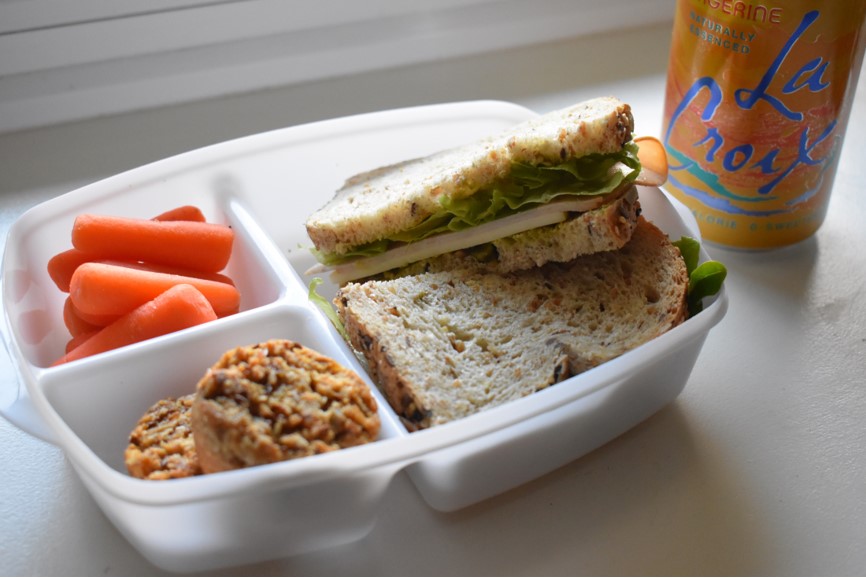School Lunch
In most cases, school districts have been left to fend for themselves with no clear guidance or support from the state or corporate level. As a result, distance learning responses have varied across districts, often determined by the socio-economic status of the student population. Smaller school districts in wealthier, suburban communities transitioned to distance learning more quickly than large, urban districts that cater to a more diverse student population. In those districts, one of the biggest roadblocks was students' lack of access to technology. Why one of the richest nations in the world cannot bridge the digital divide between rich and poor is a debate for another day, but in the current crisis, that inequity has impacted schools' ability to serve their most vulnerable student groups. The 4,000 free Chromebooks that Google is offering is but a drop in the bucket for the 6 million students enrolled in California schools. I am sure tech companies operate within their own constraints, but it is reprehensible when local giants like Apple and Google do not step up to ease the hardship that students in the Silicon Valley are currently facing. It is ironic that over the past ten years school districts have invested heavily in devices from the very companies (most notably, Apple and Google) that seem unable/unwilling to help them now. Districts were able to find ways to distribute those devices to students, but not without exposing their employees to risk of infection. Internet connectivity is another matter all together. The number of free hotspots offered to low-income families by telecom companies like Sprint and Verizon falls woefully short of the actual need. As a result, school districts are having to purchase hot spots for students at a premium, creating significant, unplanned expenditures that is bound to have a long-term impact on their already cash-strapped budgets. Looking for solutions independent of technology or Internet access, some districts are broadcasting lessons through local TV channels in the hope that more families can access education for their children.
While schools have been able to find some solutions to the technology access issue, nobody seems to be satisfied with the distance learning that is being offered. As educators struggle to shift instruction to a digital format, they have encountered several unforeseen privacy issues with the platforms themselves. Zoombombing being one of them. Some teachers have been verbally attacked by parents as they try to provide online instruction, others have found recordings of their lessons mocked publicly. In all this, the parents' voices have been the loudest. Social media, online forums, and news outlets are rife with parents sharing their frustration about having to oversee their children's education while working from home, parents criticizing teachers and schools for not providing adequate instruction, parents bemoaning how the learning loss during school closures will impact their little prodigies chance to get into Harvard. If one were to gauge by media activity alone, the "sacrifice" of parents supporting their children's education while working from home, seems to rank second only to healthcare workers fighting the pandemic in our hospitals. Let's not forget that many of our teachers are parents too. They have to do their jobs from home (a completely new experience for most of them) while taking care of their own children. Moreover, since by law, all public education employees are disaster service workers, teachers are currently on standby as they could be summoned to help out the county emergency response team in the event of a surge in Corona virus cases. Not many are listening to their voices.
As for the children, what they miss most about school is their interaction with peers and teachers. A group of high school seniors I spoke to recently shared how this experience has given them a new appreciation for things they complain about ordinarily...why do I have to show up to school on time, why do I have to run the mile in PE, why do I have so many tests and quizzes on the same day? Not graduation, not prom...these predictable structures and expectations of school are the things that they miss the most in these uncertain times.
For the students, I cannot wait for schools to re-open. In anticipation of that, here is a typical boxed lunch I pack for the kids during a school day. Believe it or not, they miss these now that they have different lunch options at home!



Comments
Post a Comment